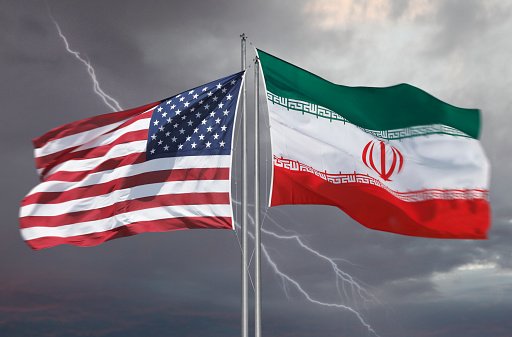Recently, the United States and Iran exchanged conditions for returning to the Iran nuclear agreement.
Both sides asked the other party to take the first step: the United States asked Iran to resume the agreement, and Iran asked the United States to lift sanctions first, which led to an impasse between the two sides.
Iran’s move to reach an interim agreement with the International Atomic Energy Agency is also considered to be in response to the previous positive signals of the United States.
Just as the United States and Iran exchanged conditions and reached an impasse, the U.S. State Department said on the 18th of this month that the United States is willing to hold meetings with participants in the Iran nuclear agreement, including Iran, to discuss the Iranian nuclear issue.
The United States has subsequently relaxed two tough measures against Iran imposed under the Trump administration, including lifting travel restrictions on members of the Permanent Mission of Iran to the United Nations and withdrawing the letter from the Trump administration unilaterally claiming that United Nations sanctions against Iran have been restored last year.
These two measures are regarded as positive signals from the United States to Iran.
However, U.S. White House officials said on the 19th that before the talks between the United States and Iran and other participants in the Iran nuclear agreement, they will not take “additional actions” such as easing sanctions in exchange for Iran’s cooperation.
Iranian Foreign Minister Zarif responded late on the 19th that if the United States lifts all sanctions against Iran, Iran will “immediately reverse” the previous move to suspend the implementation of some provisions of the Iran nuclear agreement.



